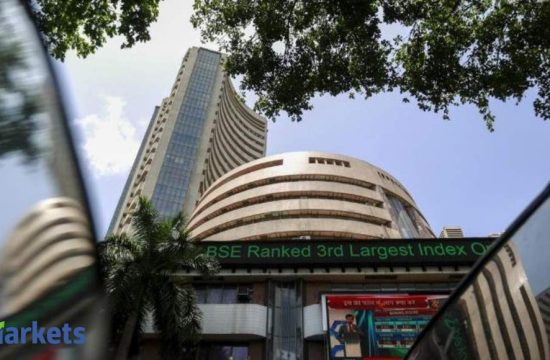
In the next two, three quarters, we could see margins falling for many auto companies, says Sandip Sabharwal, analyst, asksandipsabharwal.com.
Going by the thesis of global auto recovery, where would you find the conviction to buy afresh?
From the global auto recovery perspective, there are three plays in India. First is
, which has a huge part in the European story. But Europe is not doing that well and so I am not sure how good a result they can actually come out with.
Second is
where obviously the class 8 sales are doing very well and there is an expectation that this year could be one of the best years for that and the flow through of orders should come through for Bharat Forge.
The third is obviously
which has had a strong up move and now we need to see whether the cost savings as well as sales growth sustains. But the whole point in the entire auto story is that we have had a significant up move and we need to evaluate the margin picture because all these companies enjoyed very strong margins because of the inventory of low cost raw materials and input prices were subdued. But that is no longer the case now.
All companies barring one or two have talked of significant margin pressures. The pricing environment in the market is not such that they can pass on the entire cost. So in the next two, three quarters, we could see margins falling for many of these auto companies. Obviously, the base will be very low because last year’s first quarter there was virtually no sales. But on a sequential basis, we will see profitability pressure and to that extent, most of these companies seem to be fairly valued.
In some cases, specifically in two-wheelers, they are overvalued because inventory levels are quite high and retail sales are slowing down.
Do you think that the best of the pricing for the steel companies, the nonferrous companies is behind us? After a massive run up, are we in a phase of plateau-ing of stock prices?
Ideally that should be the case given the overall global macroeconomic environment and the growth patterns which are likely to be there in most of the developed countries and the developing countries but these days it is tough to predict the prices of commodities and most assets because of the kind of liquidity that is gushing around. We are having phases of irrational moves not only in many assets but in many commodities also. There is a possibility that although the demand conditions are not so strong, the prices could sustain higher for some more time although the pace for a further up move from here is very low.
Most of the manufacturing companies which use commodities — be it plastics, consumer durables, autos — will definitely see margin pressures because on the retail side you cannot pass on these kinds of hikes because the price uptick in many cases is as much as 50-60%.
Do you think we will continue to see investor interest in the well known names Asian Paints, HUL, Britannia?
At some stage after a particular move has happened in a particular way, the preference remains for that kind of strategy unless that strategy is proven to be wrong. The valuation of many of these companies are at such high levels that it is very tough to sustain that and we need to recognise that a lot of this profitability increase has come about because of cut down in advertisement, expenditure and very benign input prices.
Now as we go forward into 2021, some of these benefits might not remain and if earnings growth comes down to just 5%-10% for some of these companies and the valuations are 60-70 times price earnings (PE) ratio, they will take a pause. But many of these companies do not crash too much and even in a corrective move, they tend to consolidate.
If the economy starts recovering as is expected, then we could see more interest coming in cyclicals. Last three-four months we have already seen that cyclicals have been outperforming the defensives very significantly but in any period beyond that, the growth stocks have outperformed, reversing the last seven-eight years’ trend. It takes time for trends to change and so it will take some more time for it to get entrenched.









